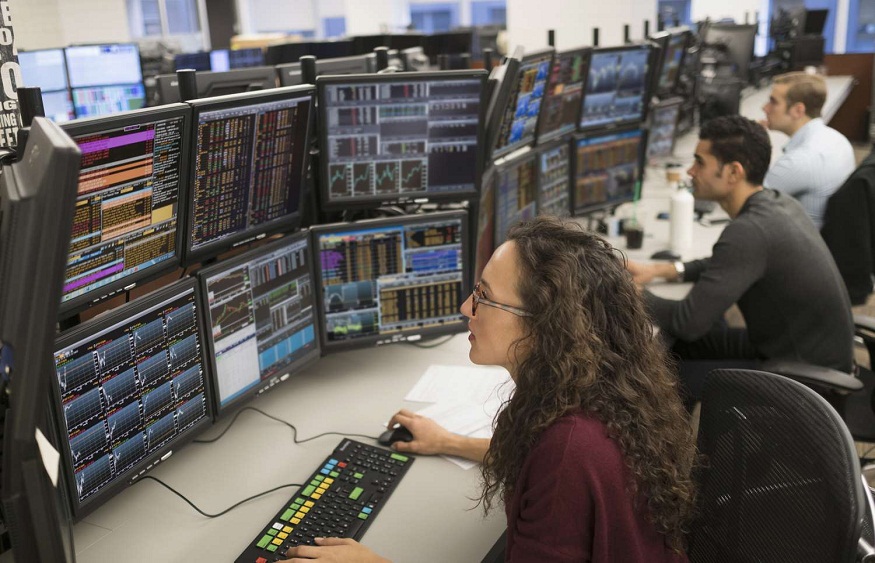Contracts for Difference (CFDs) have become a popular instrument for traders seeking to capitalise on market movements without owning the underlying assets. CFDs offer the flexibility to trade on margin, allowing traders to amplify their potential returns. However, this same leverage can lead to substantial losses if not managed correctly. Understanding common mistakes in CFD trading and learning how to avoid them is crucial for success in this volatile market.
Overleveraging
Leverage in CFD trading allows traders to control a larger position than their initial investment would typically permit. For instance, with a leverage ratio of 10:1, a trader can control $10,000 worth of assets with just $1,000 of their capital. While this can amplify profits, it equally magnifies losses. Overleveraging occurs when traders use excessive leverage, exposing themselves to high levels of risk.
The primary risk associated with overleveraging is the potential for significant losses. If the market moves against the trader’s position, the losses can quickly exceed the initial investment, leading to margin calls or forced liquidation of positions. To avoid overleveraging, it’s essential to understand and set appropriate leverage limits based on one’s risk tolerance and trading strategy. Utilising risk management tools, such as stop-loss orders, can help in mitigating the adverse effects of high leverage. Find out more about ADSS to get started with CFD trading.
Lack of a Trading Plan
A well-defined trading plan is fundamental to successful CFD trading. It outlines the trader’s goals, risk tolerance, trading strategy, and criteria for entering and exiting trades. Without a clear plan, traders may make impulsive decisions driven by emotions or market noise, leading to inconsistent results and potential losses.
Common issues with trading plans include lack of specificity and failure to adapt to changing market conditions. An effective trading plan should detail specific entry and exit strategies, risk management rules, and performance evaluation criteria. It’s also crucial to regularly review and adjust the plan to accommodate evolving market conditions and personal trading experiences. Adhering to a well-structured plan can provide clarity and discipline, which are key to achieving long-term trading success.
Emotional Trading
Emotional trading occurs when decisions are influenced by emotions such as fear, greed, or excitement rather than rational analysis. For instance, a trader might hold onto a losing position in hopes that the market will reverse, driven by fear of realising a loss. Conversely, they might take on excessive risk after a series of wins due to overconfidence.
The consequences of emotional trading are often detrimental. Decisions made in the heat of the moment are usually impulsive and lack the careful consideration required for successful trading. To manage emotions effectively, traders should employ techniques such as setting clear trading goals, using automated trading systems to enforce discipline, and practising mindfulness to maintain a balanced perspective. Recognizing and addressing emotional triggers can help in making more objective and strategic trading decisions.
Poor Risk Management
Risk management is a crucial aspect of trading that involves identifying, assessing, and mitigating potential risks to protect capital and ensure sustainable trading. Poor risk management can result in significant losses and undermine overall trading performance.
Common risk management mistakes include failing to set stop-loss orders, risking too much capital on a single trade, and neglecting to diversify trading positions. Effective risk management involves setting stop-loss orders to limit potential losses, determining an appropriate position size based on the trader’s risk tolerance, and diversifying trades to reduce exposure to any single market or asset. Implementing these strategies can help in controlling risk and preserving capital.
Neglecting Market Research
Market research is essential for making informed trading decisions. It involves analysing market trends, economic indicators, and news events that can influence asset prices. Neglecting market research can lead to uninformed decisions and increased susceptibility to market volatility.
The consequences of inadequate research include unexpected market movements and missed trading opportunities. To avoid these pitfalls, traders should engage in both technical and fundamental analysis, keeping up-to-date with market news and developments. Using analytical tools and resources to gather relevant information can enhance decision-making and improve trading outcomes.
Overtrading
Overtrading occurs when traders engage in excessive trading activity, often driven by a desire to recover losses or capitalise on every market movement. This can lead to increased transaction costs, higher exposure to market risk, and diminished overall performance.
The risks of overtrading include higher trading costs and the potential for erratic performance. To avoid overtrading, traders should focus on quality trades rather than quantity. Setting clear criteria for entering and exiting trades, adhering to a trading plan, and managing emotions can help in maintaining disciplined trading practices.
Conclusion
Recognizing and avoiding common CFD trading mistakes is essential for successful trading. Overleveraging, lack of a trading plan, emotional trading, poor risk management, neglecting market research, overtrading, and ignoring trading costs are pitfalls that can undermine trading performance. By understanding these mistakes and implementing effective strategies to avoid them, traders can enhance their decision-making, manage risks, and improve their overall trading outcomes.






